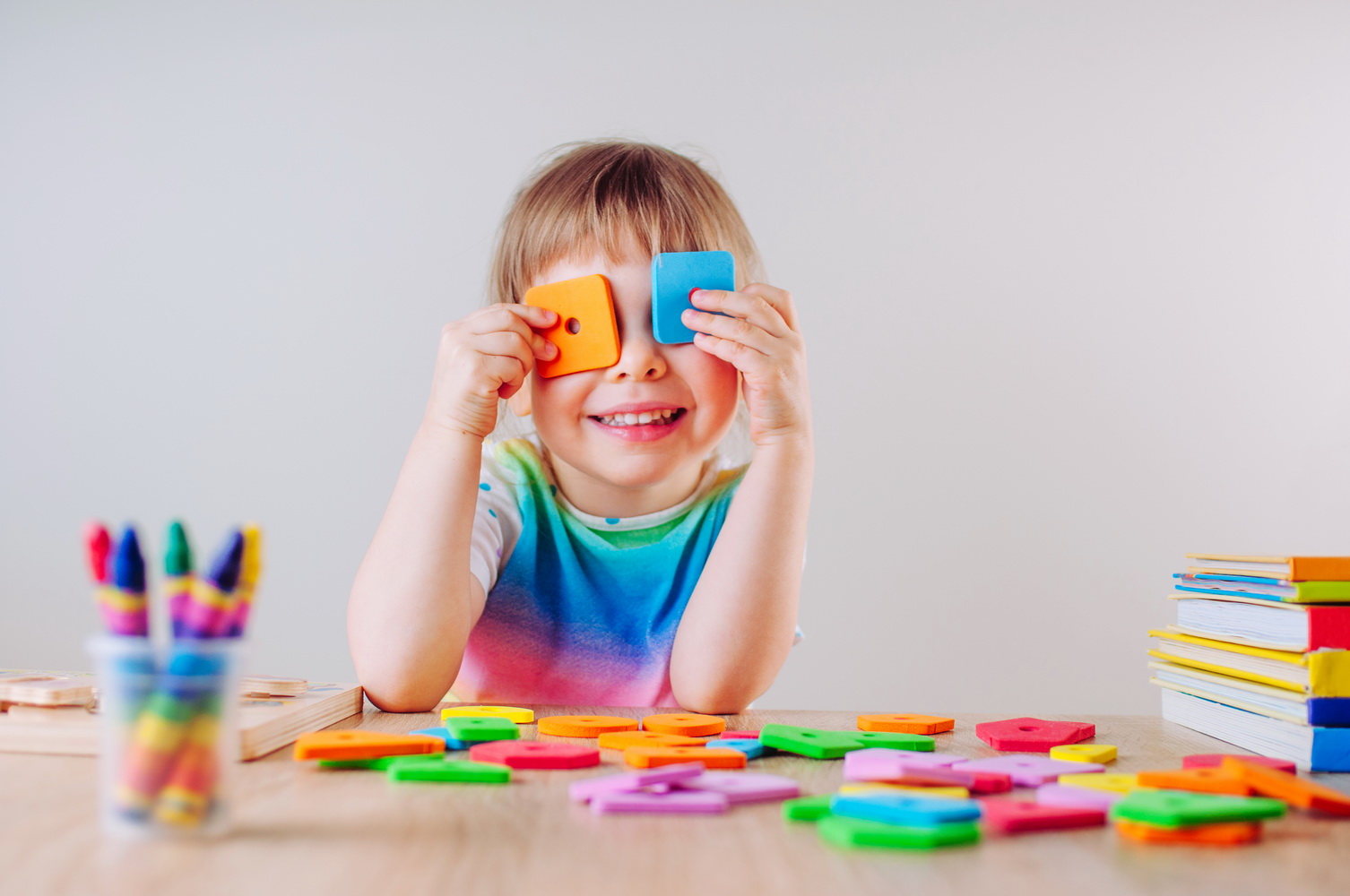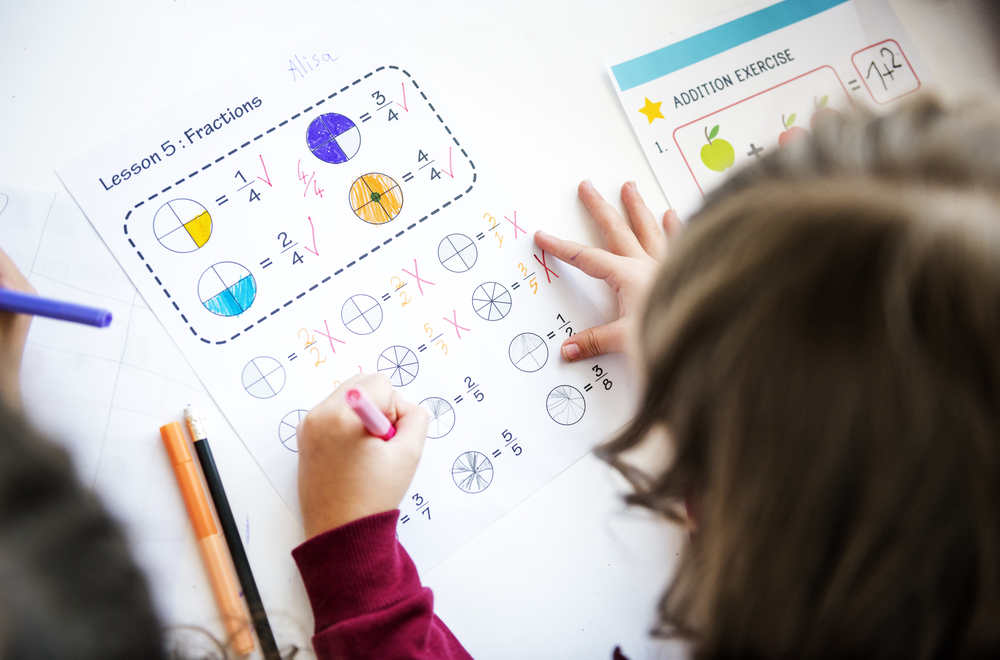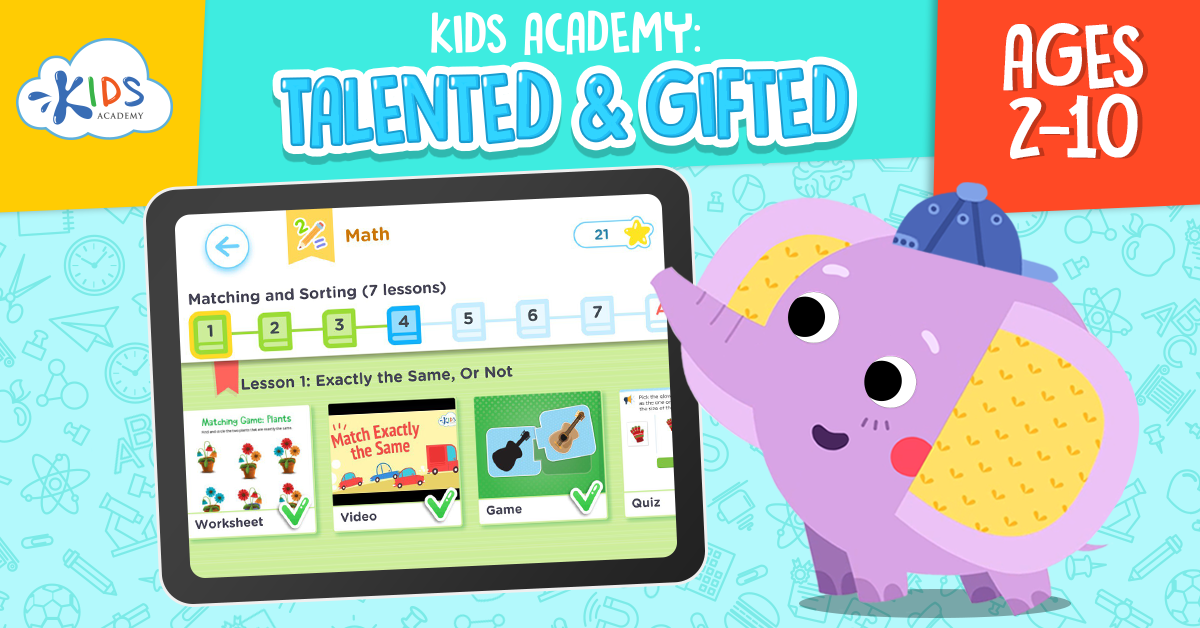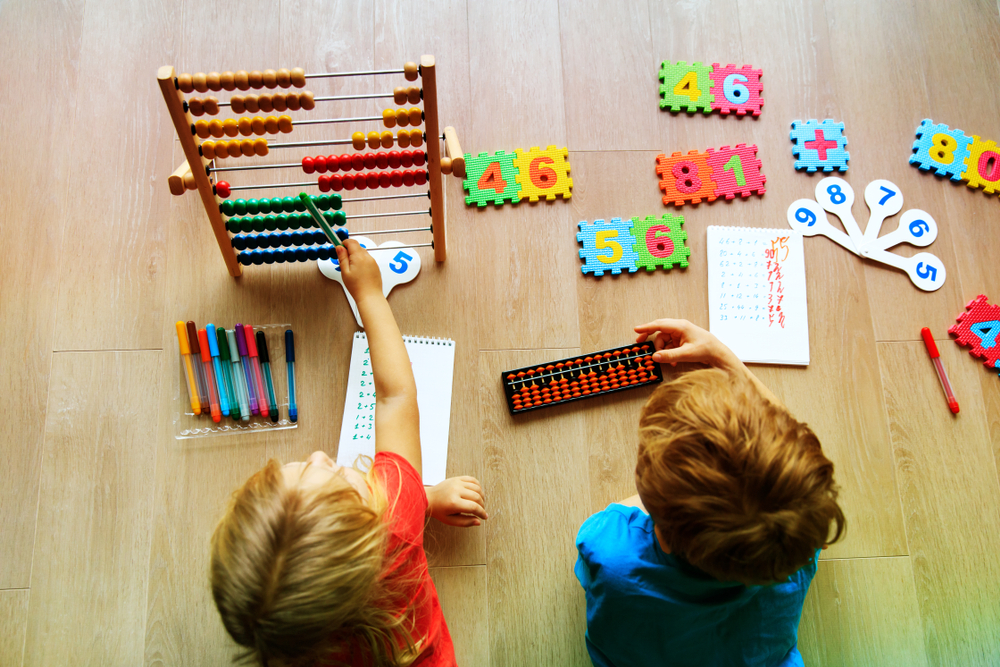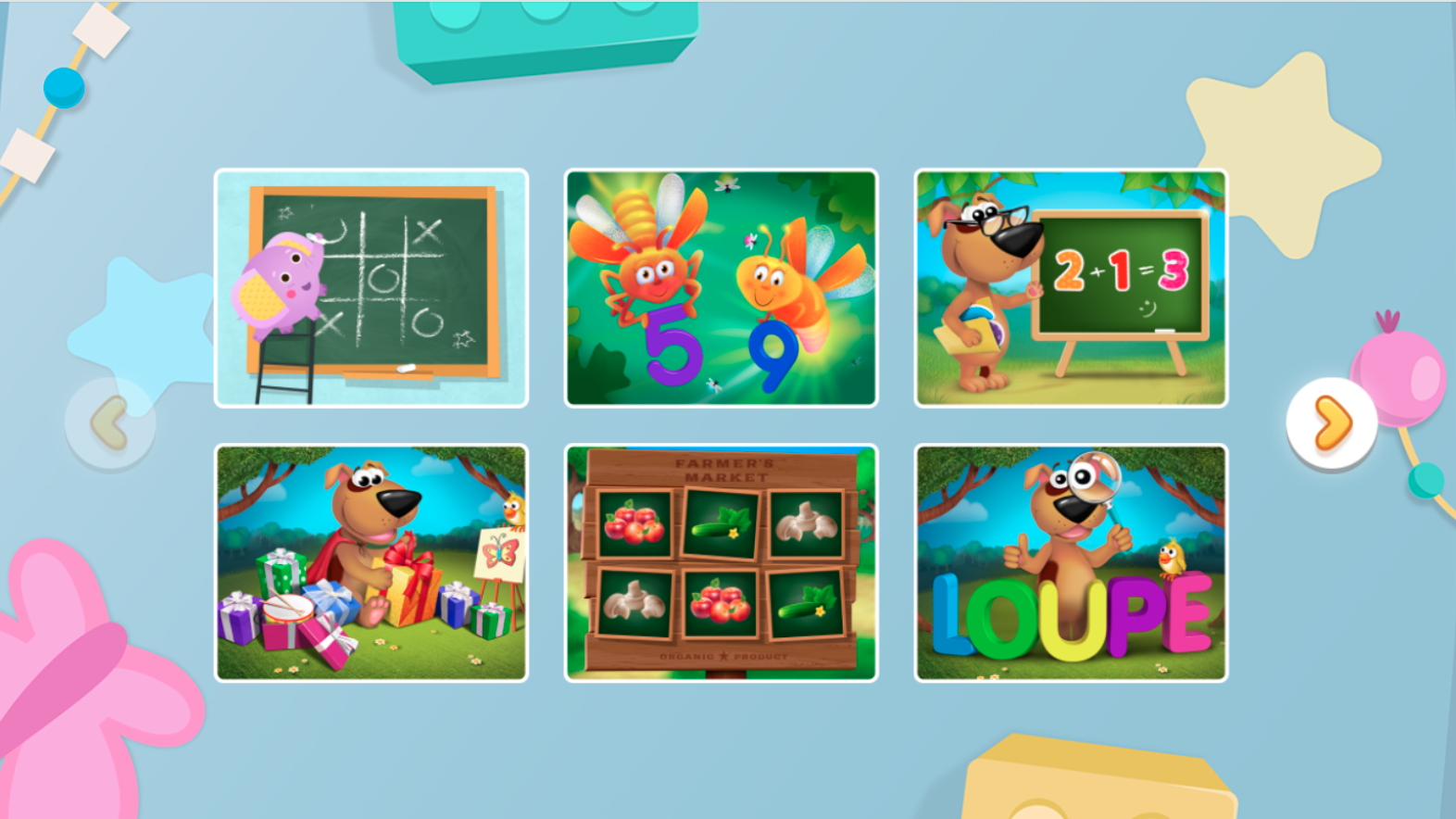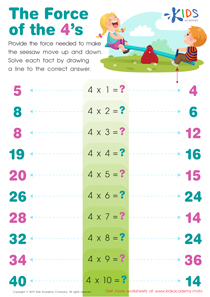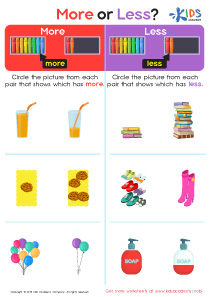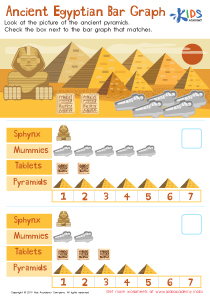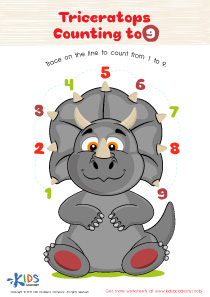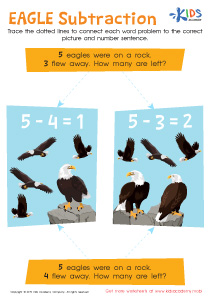Easy Matching Worksheets for Ages 3-7
7 filtered results
-
From - To
Discover our collection of easy matching worksheets designed for children aged 3 to 7! These fun and engaging activities help enhance early learning skills like literacy, numeracy, and critical thinking. Children will enjoy matching images to words or numbers, boosting their memory and attention to detail. Our worksheets align with educational standards, ensuring your little ones are on track for academic success. Whether at home or in the classroom, these resources provide an interactive way to make learning enjoyable. Download our printable matching worksheets today and watch your child's confidence grow as they complete each activity with ease!
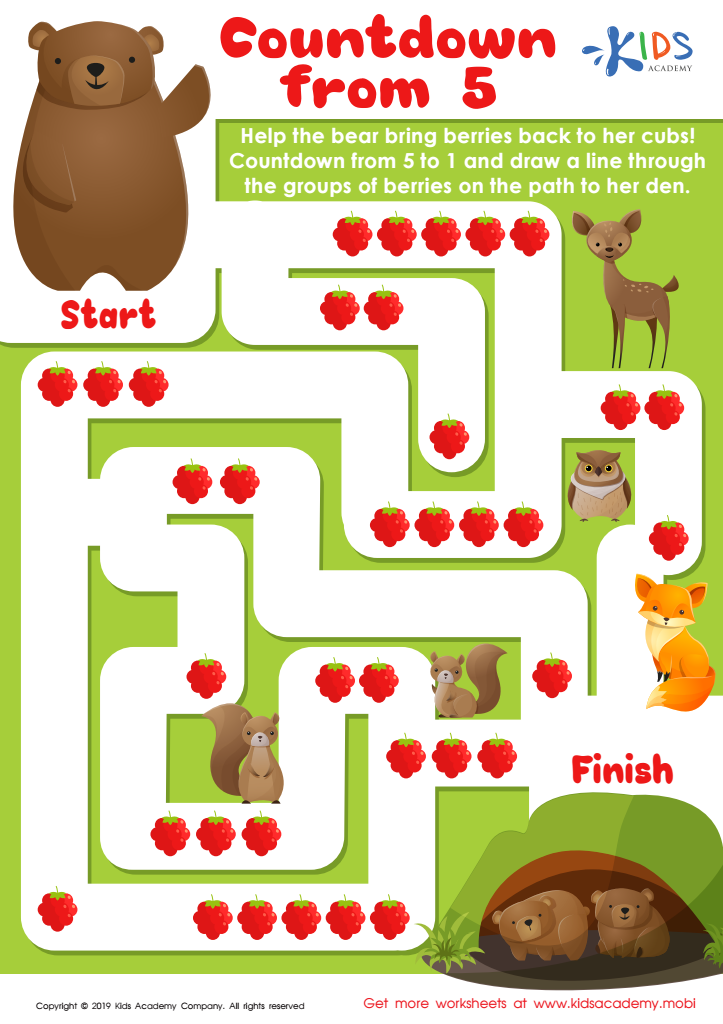

Countdown from 5 Worksheet
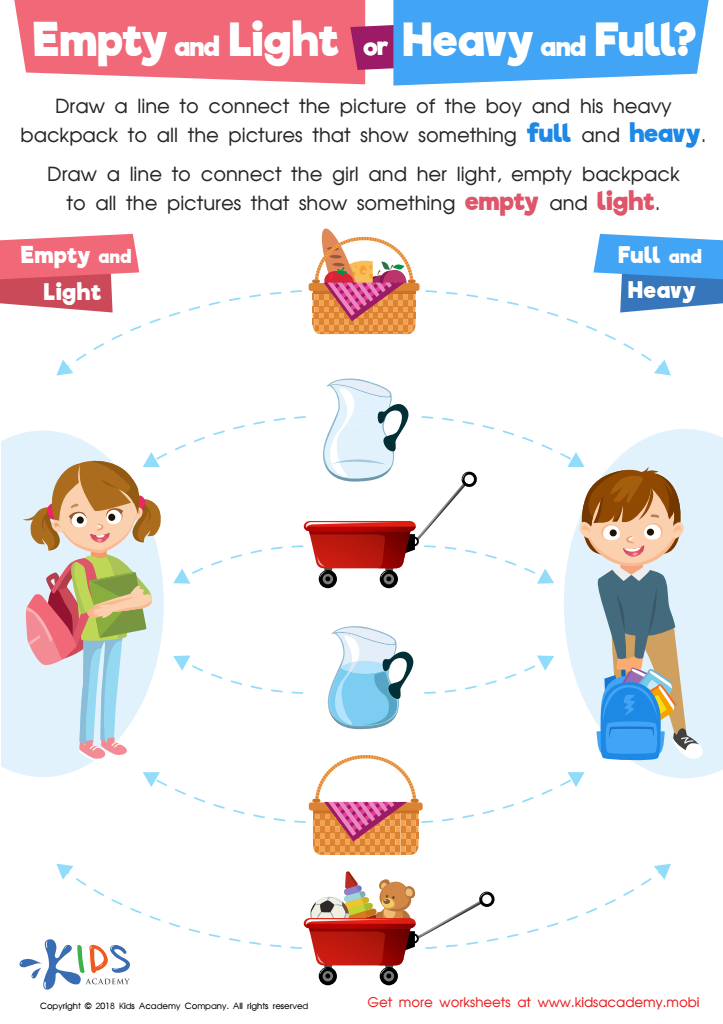

Empty and Light or Heavy and Full? Worksheet
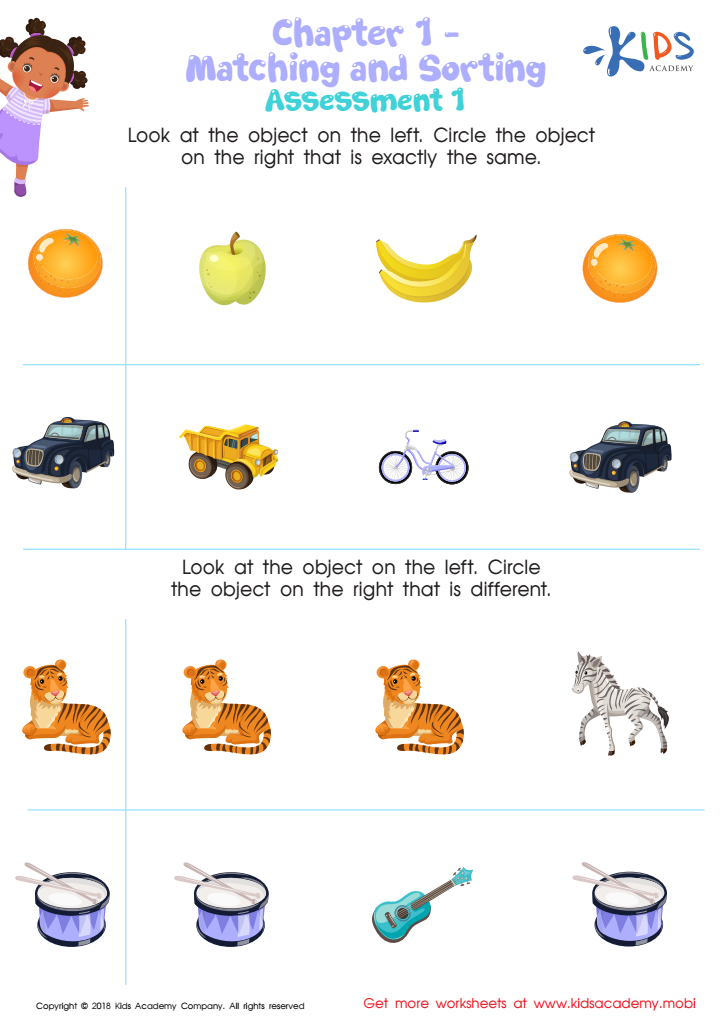

Matching and Sorting for Preschool: Assessment 1 Worksheet
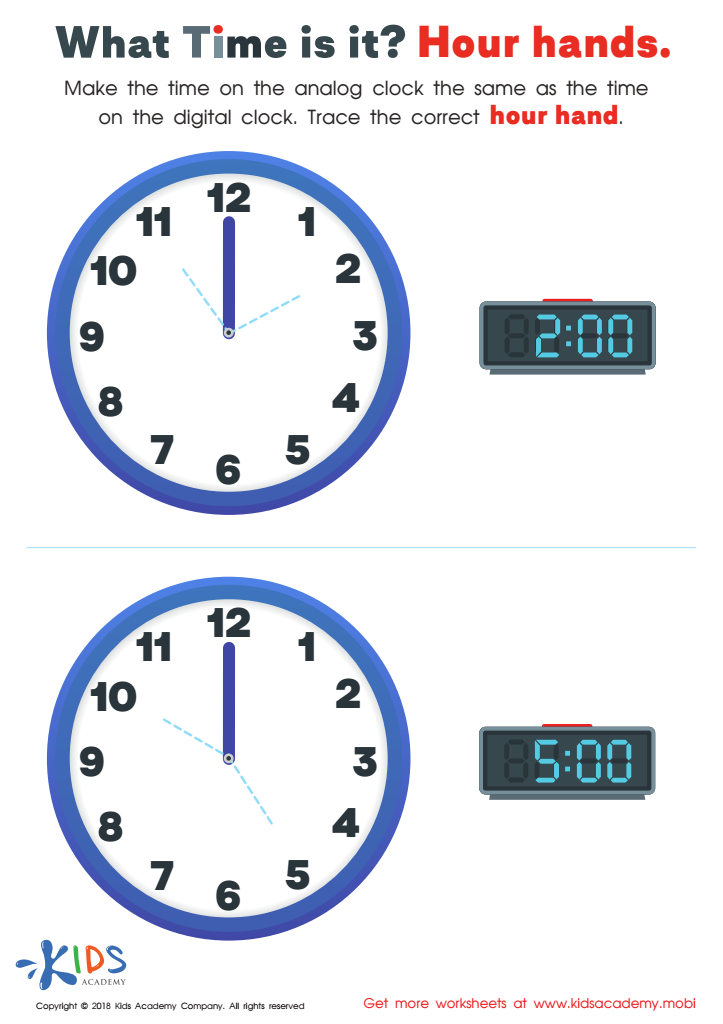

What Time Is it? Hour Hands Worksheet
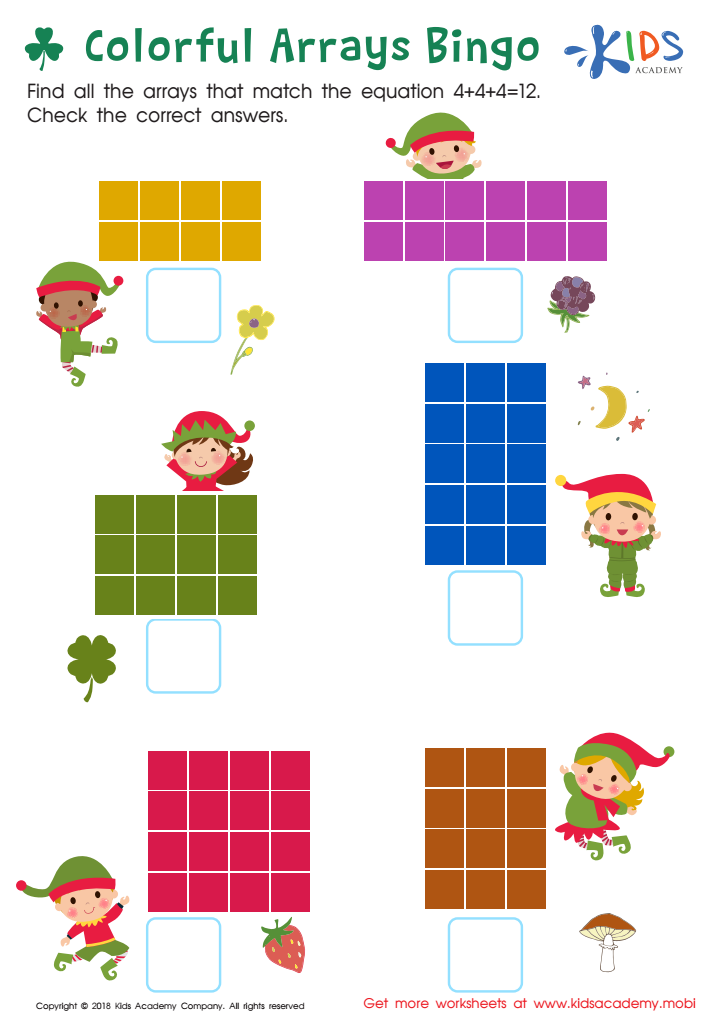

Colorful Arrays Bingo Worksheet
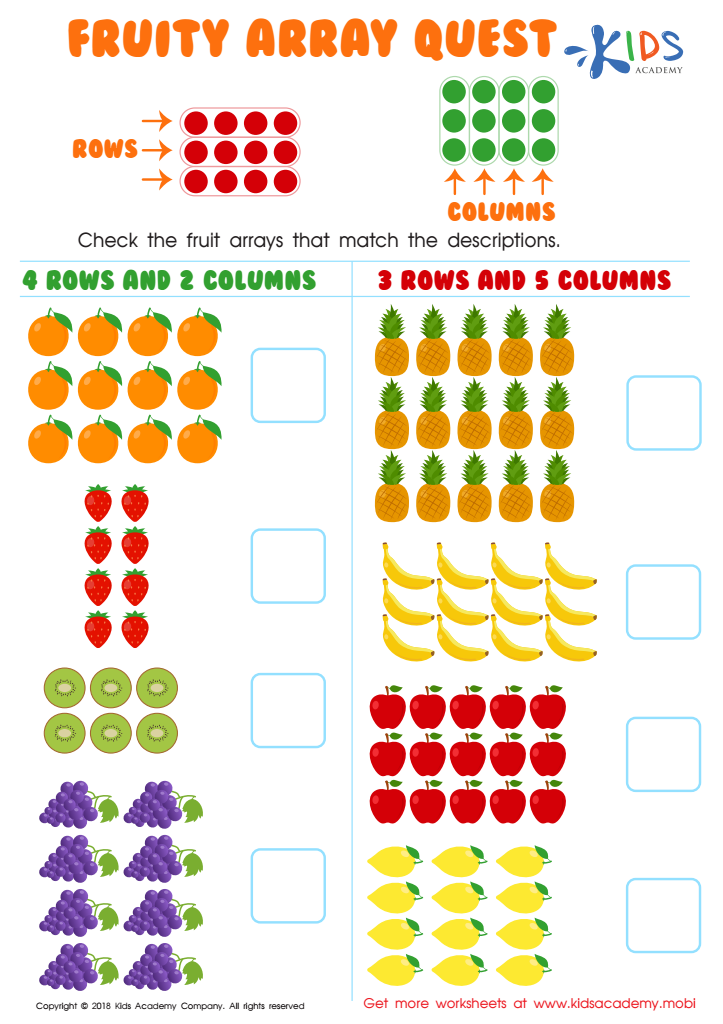

Fruity Array Quest Worksheet
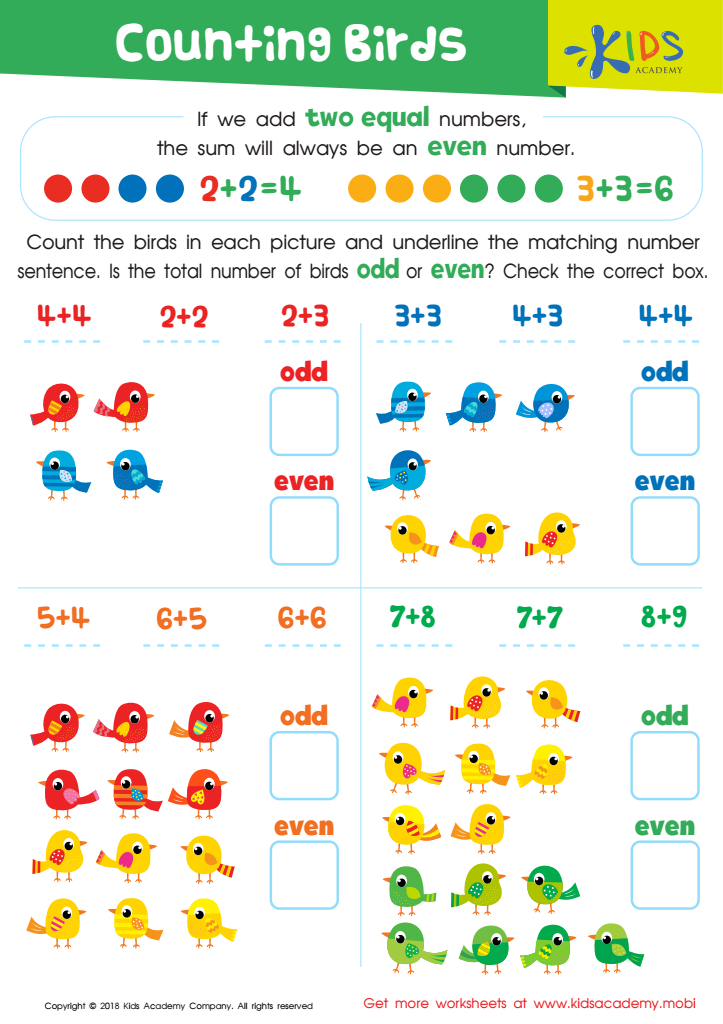

Counting Birds Worksheet
Easy Matching is a valuable cognitive tool for children aged 3 to 7, and parents and teachers should care about its implementation for several compelling reasons. First, this activity promotes essential skills such as memory, attention, and problem-solving. Matching games help develop visual discrimination as children learn to identify similarities and differences, which in turn enhances their overall cognitive abilities.
Moreover, Easy Matching fosters social skills and cooperative play when done in groups, helping young children learn to communicate, share, and take turns. This creates a foundation for healthy interpersonal relationships as they grow older. Additionally, Easy Matching can be tailored to include educational content, like letters, numbers, shapes, or animal names—integrating learning into playtime and keeping students engaged.
Furthermore, children in this age range thrive in environments where they explore and interact with their surroundings. Easy Matching offers a fun, interactive way to build confidence and encourage exploration while developing a lifelong love for learning.
Finally, incorporating Easy Matching into early education provides measurable development milestones, equipping parents and teachers with insights into each child's progress. In conclusion, promoting Easy Matching is vital for fostering essential skills and nurturing a joyful, enriched learning environment for young children.
 Assign to My Students
Assign to My Students



